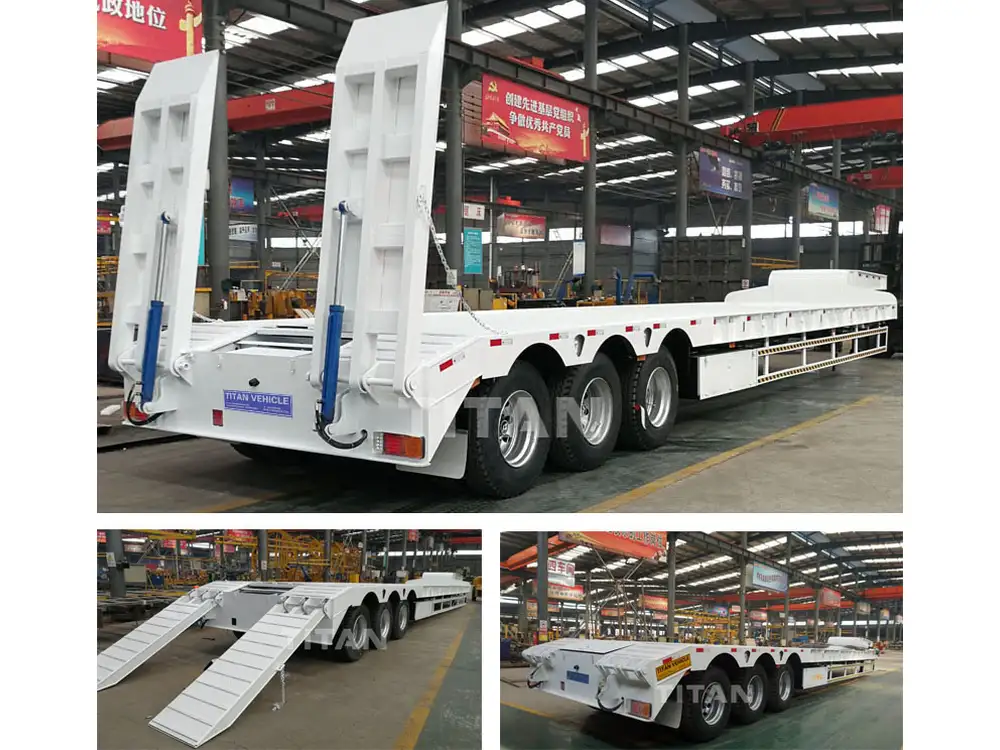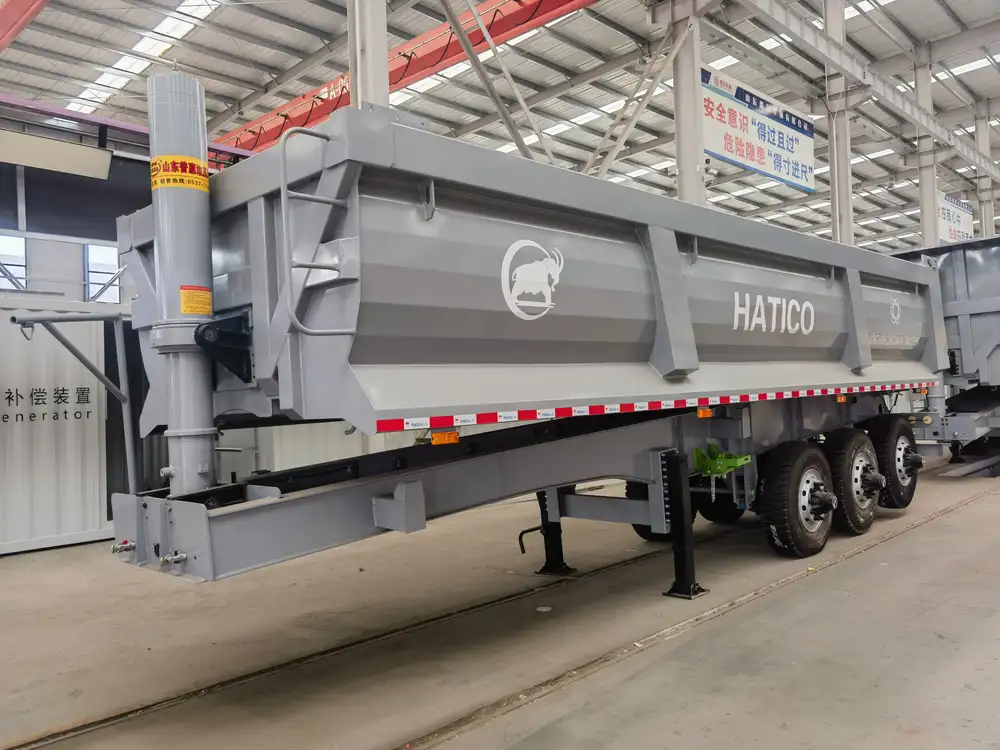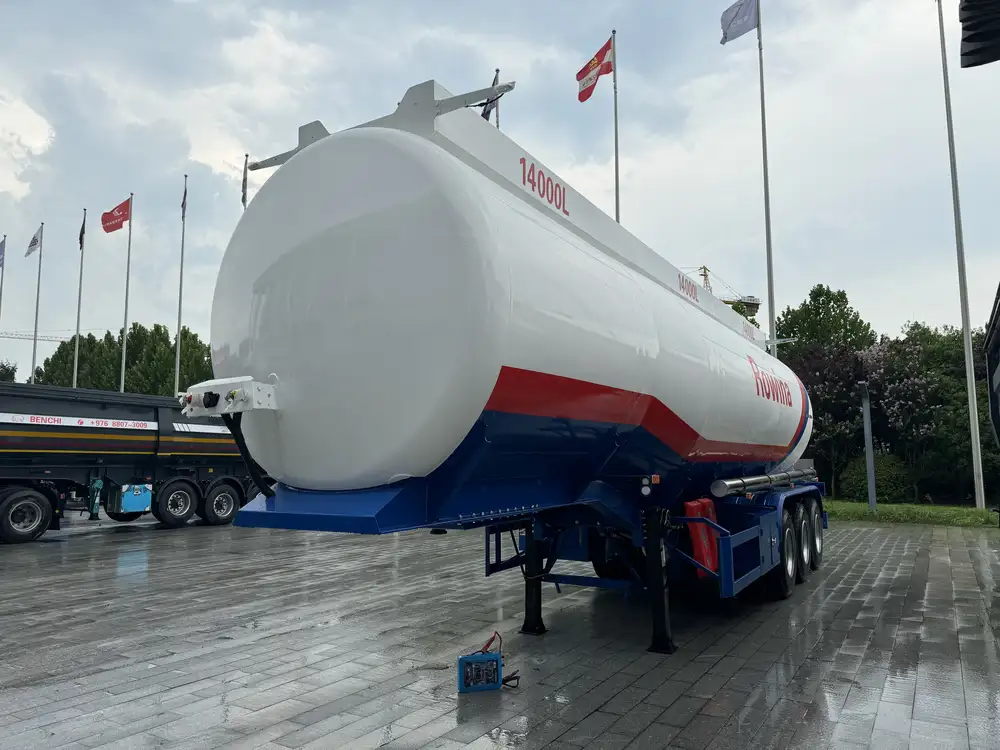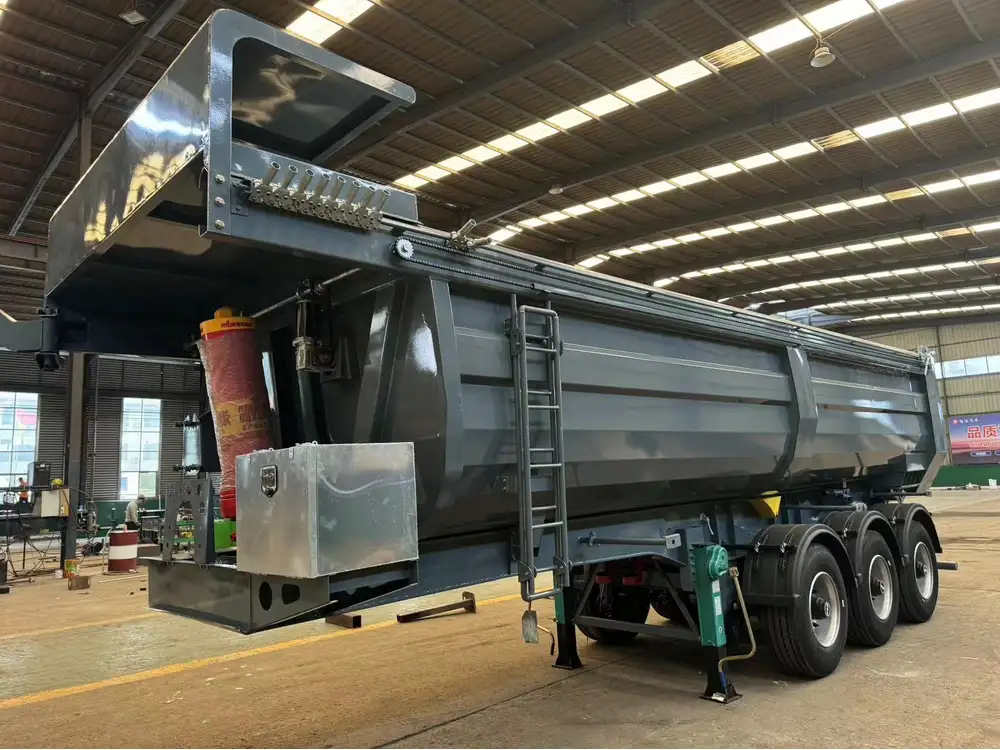Draining the fresh water tank of a 2004 Trail Cruiser is a vital maintenance task that ensures your RV’s water system operates efficiently. Over time, stagnant water can become a breeding ground for bacteria and other contaminants, potentially compromising your health and the functionality of your RV. This guide provides a comprehensive, step-by-step approach to draining your fresh water tank, equipping you with the necessary knowledge and tools.
Why It’s Important to Drain Your Fresh Water Tank
Regularly draining your fresh water tank is crucial for several reasons:
- Prevent Contaminants: Stagnant water can foster bacteria and algae growth, which can contaminate your drinking water.
- Maintain Water Quality: Fresh water can develop unpleasant odors and tastes over time, making it unpalatable.
- System Efficiency: An empty tank is easier to winterize and maintain, ensuring your RV components function properly.
- Weight Management: Reducing excess water keeps your RV lighter, yielding better fuel efficiency and improved handling.
Tools and Materials Needed
Before diving into the draining process, gather the following tools and materials:
- Garden Hose: For directing water to a suitable drainage location.
- Bucket: To collect any residual water.
- Gloves: To maintain hygiene and protect your hands.
- Screwdriver: For loosening drain plugs if necessary.
- A Level Ground Surface: To ensure proper drainage.

Step-by-Step Guide to Draining the Fresh Water Tank
1. Preparation
Start by preparing your RV:
- Park on Level Ground: Always ensure your RV is parked on firm, level ground to facilitate complete drainage.
- Turn Off Water Supply: Ensure all faucets and water sources are turned off, including the water pump.
2. Locate the Fresh Water Tank
Finding the fresh water tank is essential for the draining process:
- Access Via Storage Compartment: In most models, including the 2004 Trail Cruiser, the fresh water tank is located beneath a storage area or under the RV itself.

3. Identify the Drain Valve
The drain valve is your key to releasing the water:
- Check the Owner’s Manual: Locate the specific drain valve for your model. It is usually a protruding valve located at the lowest point of the tank.
4. Attach the Garden Hose
To direct water away from your RV:
- Securely Attach the Garden Hose: Connect one end to the drain valve. The other end should lead to an appropriate drainage area.
5. Open the Drain Valve
This step marks the beginning of the draining process:
- Open the Valve Gently: Turn the valve counterclockwise and allow the water to flow into the attached garden hose.

6. Monitor the Water Flow
As the water drains, keep an eye on the flow:
- Check for Blockages: If the water doesn’t flow freely, inspect for potential blockages in the hose or drain valve.
- Visibly Inspect Discharge: Ensure that water is streaming clear from the hose; murky water may indicate contaminants.
7. Flush the Tank (Optional)
For thorough cleansing, consider doing a flush:
- Introduce Fresh Water: Refill the tank with clean water, then promptly drain again. This process helps remove any remaining sediments and bacteria.
8. Close the Drain Valve
Once the tank is fully drained:
- Secure the Valve: Turn the drain valve clockwise to close it tightly. Ensure no leaks develop post-drainage.

9. Disconnect the Hose
Once satisfied, detach the hose from the drain valve:
- Prevent Contaminants: Make sure the hose is clean before stowing it to avoid cross-contamination.
Post-Draining Maintenance
Now that you’ve successfully drained the tank, some maintenance actions can bolster the longevity of your RV’s water system:
Regular Inspection Schedule
- Check for Cracks and Leaks: Inspect the tank and plumbing regularly for any signs of wear or damage.
- Conduct a Monthly Flush: Even if not using the tank, monthly checks can help maintain water quality.

Water Quality Management
- Use Water Treatments: Add RV-safe water treatments that combat bacteria and assist in maintaining water quality.
- Monitor Water Source: Always use clean, potable water for refilling.
Troubleshooting Common Issues
As with any mechanical system, draining the fresh water tank may present challenges. Here are some potential issues and solutions:
Slow Drainage
- Cause: A kinked or obstructed garden hose may impede flow.
- Solution: Inspect the hose for kinks or blockages, and ensure the drain valve is fully open.

Tank Remains Full
- Cause: A malfunctioning valve can cause water retention.
- Solution: Check the valve for operational integrity. You may need to replace or repair it.
Contaminated Water
- Cause: Poor-quality water sources or an improperly maintained tank could lead to contamination.
- Solution: Always use fresh water and implement a regular cleaning protocol.
Final Thoughts
Draining the fresh water tank on your 2004 Trail Cruiser is not just a task; it’s pivotal for maintaining the health of your water system, enhancing your RV’s longevity, and ensuring a pleasant travel experience. By adhering to this comprehensive guide, you can confidently perform routine maintenance and enjoy your time on the road with peace of mind.

Quick Reference Guide
| Step | Action |
|---|---|
| Preparation | Park on level ground |
| Locate Fresh Water Tank | Underneath storage area |
| Identify Drain Valve | Lowest point of the tank |
| Attach Garden Hose | To drain valve (direct away) |
| Open Drain Valve | Counterclockwise |
| Monitor Water Flow | Check for clogs |
| Flush (Optional) | Refill and drain again |
| Close Drain Valve | Turn clockwise tightly |
| Disconnect the Hose | Ensure cleanliness |
Implementing these practices will ensure a smooth, hassle-free experience when maintaining your RV’s fresh water tank, providing the comfort of clean water while on your adventures.



